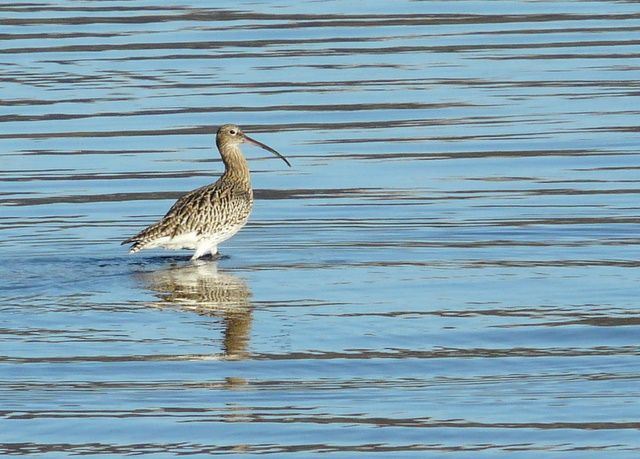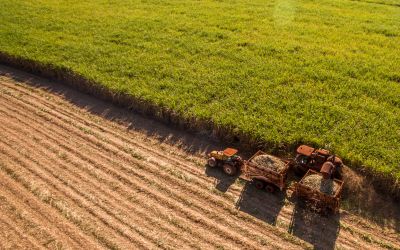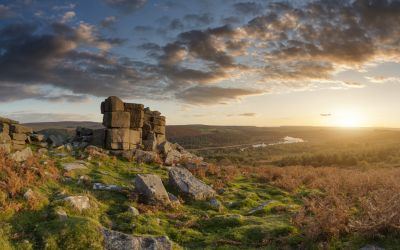Wind farms less of a threat to birds than first thought
A new study by the RSPB and the British Trust for Ornithology has found that the building of wind turbines is more damaging to birds than their operation.

A new study by the RSPB and the British Trust for Ornithology has found that the building of wind turbines is more damaging to birds than their operation. The picture varies across the bird kingdom however, with some being far more adversely affected than others.
Ten species were studied over 18 wind farms in the UK, which makes it one of the largest studies of its kind. The results show a mixed picture; Jeremy Wilson, head of science at RSPB Scotland says, "There's certainly no indication in the species we covered in this study that collision mortality is causing a big problem, but we need to bear in mind that it didn't cover the bigger raptors where we know collisions tend to happen. Where we are concerned is with two species, curlew and snipe, where we saw the density drop during construction and not recover afterwards. The overall picture is perhaps more positive than some of the wilder headlines have suggested; but that doesn't suggest there's no problem."
The effect of Curlews is particularly worrying as their numbers are in sharp decline anyway. In this study Curlew and Snipe declined by a third during construction, and did not recover thereafter. Other species adversely affected include the Red Grouse, which saw numbers fall during construction, but rose after the turbines were built.
Some species flourished however, with Skylarks in particular seeing an increase after they were built. This is likely due to the turning over of vegetation, allowing better nesting. Larger birds, which have seen some losses from wind farms, were not included in this study, and it is one area that must be further researched in future.
It seems that the construction of the turbines is the largest problem, and as such more time should go in to working out how to construct wind farms without damaging the habitat of the birds.
The overall picture however, is that the situation is not as bad as initially feared. There are certainly some impacts on birds, but turbines that are located with due care to the surrounding environment can go some way to negating this. It is unlikely to change the approach of charities currently, which is to oppose wind farms in sensitive areas, but to allow them otherwise.




